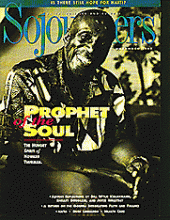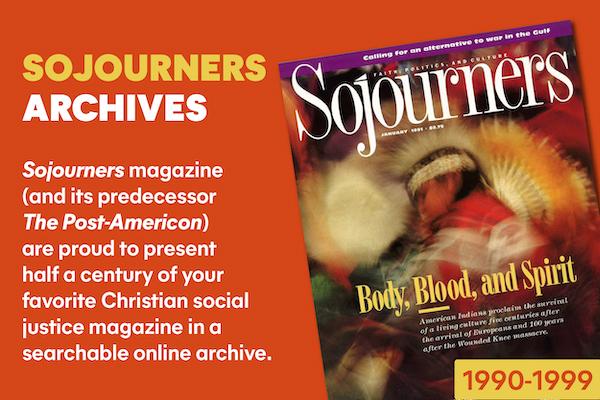It used to be that the new television year began with a bang. It was all mixed up with back to school and new cars and the arrival of football. At the stroke of midnight on Labor Day, the race was on.
That's the way that we over-30 paleoliths remember television: with only three or four channels (counting public TV), maybe five for urbanites. These days the cable-wired (slight) majority of American households numbers its TV options in the dozens, and the new TV "season" is an increasingly slippery construct. Beginning sometime in August (although Fox has taken to debuting some shows in mid-summer), the slow trickle of new product continues until Halloween, or sometime after the World Series, whichever comes last.
By the time this column is read, the process will just be completed; some of the first shows on will have been long since cancelled. The new TV year demonstrates with certainty the hegemony of the half-hour situation comedy as the staple of the broadcast television diet, with dozens of new ones, most old ones returning, and a couple of hundred more waiting in the wings as mid-season replacements. As a corollary, the hour-long dramatic series continues its march to oblivion.
And, speaking of memory lane: There was a time when AM radio meant music--pop, country, R&B, whatever; it was all spread out there on the big dial from 540 to 1600. Sometime around the turn of the '70s, due to some complicated legal and technical changes, the FM spectrum, with its low interference and superior sound quality, became more accessible and saleable to the listening public and advertisers. Within a few years, most music programming had jumped to the FM side, and now in most places the AM dial is occupied solely by talk radio and foreign language stations.
Read the Full Article

